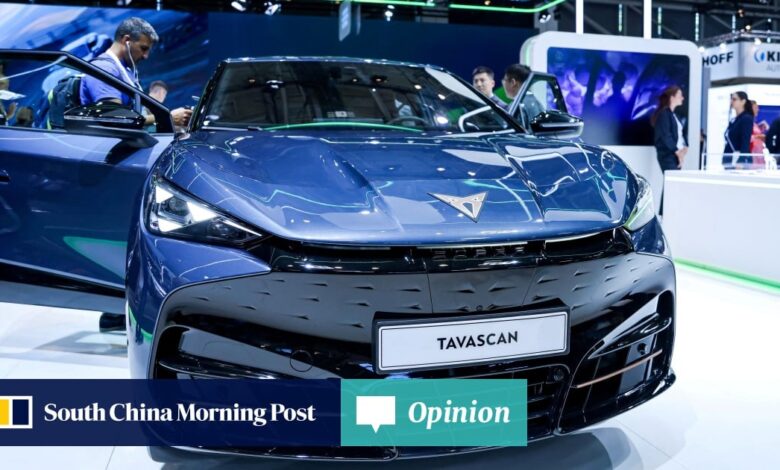New Business
Opinion | As Trump’s trade war gathers steam, China and Europe must cooperate


Global trade tensions have escalated sharply in recent weeks after US President Donald Trump launched a series of aggressive tariff measures. While maintaining elevated tariffs on Chinese imports, Trump has now threatened to extend similar protectionist measures to the European Union, raising alarm bells across the Atlantic.
These mounting pressures have prompted European leaders to re-evaluate their strategic partnerships and trade relationships, particularly with China. Against this backdrop of mounting uncertainty, European Commission President Ursula von der Leyen’s speech at the EU Ambassadors Conference on February 4 took on particular significance.
“Our relationship with China is one of the most intricate and important anywhere in the world,” she said, highlighting that China accounts for 9 per cent of EU goods exports and more than 20 per cent of goods imports in a “mutually beneficial” trade relationship. Her words appeared to mark a departure from her previous hawkish stance as she emphasised that agreements could “even expand our trade and investment ties”.
Beijing quickly signalled its interest in strengthening ties. “The world is facing the risk of division, fragmentation and disorder,” Foreign Ministry spokesperson Lin Jian said a day later, adding that “China-EU relations have all the more strategic importance and global influence.”
Before these statements, EU-China trade relations faced significant challenges. The French cognac industry serves as a telling example. According to data from the Bureau National Interprofessionnel du Cognac, French cognac exports to China dropped 23.8 per cent by value and 9.6 per cent by volume last year from 2023 levels.
The relationship deteriorated sharply after China’s new tariff measures took effect last October 11 in response to EU duties on Chinese electric vehicles (EVs), with industry sources reporting a 75 per cent decline in French cognac exports to China in December. These figures highlight some of the pressing issues in bilateral trade relations that need to be addressed.
Source link



